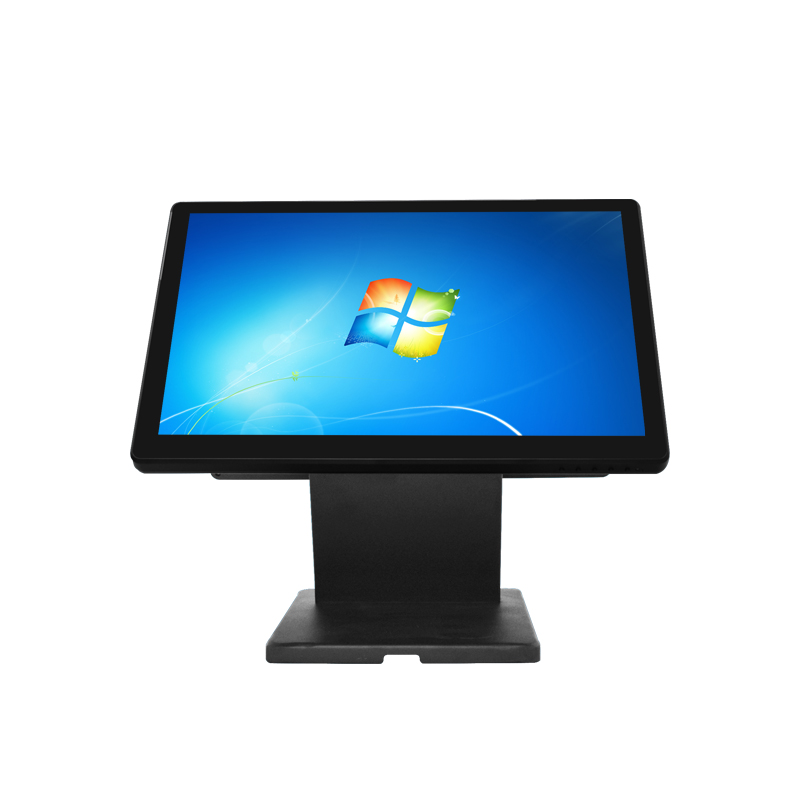In today's fast-paced world, touch screen monitors have become increasingly popular due to their convenience and user-friendly interfaces. As businesses adapt to changing technologies, a question arises: Is a pos touch screen monitor compatible with various payment systems? This article aims to explore the compatibility between touch screen monitors and different payment systems, examining their advantages, drawbacks, and potential limitations.
1. Understanding Touch Screen Monitors
Touch screen monitors are display devices that allow users to interact with the screen by touching it directly, without the need for a traditional keyboard or mouse. These monitors typically utilize capacitive, resistive, or infrared touch technology, facilitating a seamless and intuitive user experience. Their widespread adoption can be seen in various sectors, including retail, hospitality, and entertainment.
2. Modern Payment Systems and Their Features
With the advancement of digital technology, traditional cash-based transactions are being gradually replaced by electronic payment systems. Various payment methods have emerged, such as credit cards, mobile payments, and contactless payments. Each system offers distinct features and benefits. Credit cards, for example, provide secure and convenient transactions, while mobile payment systems enable fast and hassle-free payments via smartphones.

3. Compatibility Challenges and Solutions
A significant challenge lies in ensuring compatibility between pos touch screen monitors and different payment systems. While touch screen monitors generally support standard payment methods, compatibility issues may arise due to specific hardware requirements or software limitations. For example, some payment systems may require additional hardware components, such as card readers or Near Field Communication (NFC) scanners, to enable seamless transactions.
To address these challenges, manufacturers and software developers have designed customizable solutions for touch screen monitors. These solutions may include integrating compatible payment software or providing modular components that can be easily added or removed based on the desired payment method. By offering flexibility and adaptability, touch screen monitors can accommodate a wide range of payment systems.
4. Advantages and Limitations of Touch Screen Monitors in Payment Systems
Integrating touch screen monitors into payment systems offers numerous advantages. Firstly, they enhance the overall user experience by providing a simple and intuitive interface for customers to interact with during transactions. Touch screen monitors can also streamline the payment process, reducing transaction time and increasing customer satisfaction.
However, touch screen monitors may have limitations related to compatibility with older payment infrastructure or the need for additional training for businesses and employees. Upgrading payment systems to accommodate touch screen monitors may require financial investment and technical expertise.
Conclusion
In conclusion, touch screen monitors have the potential to be compatible with various payment systems, offering numerous advantages in the realm of user experience and transaction efficiency. While challenges such as hardware compatibility and financial investments exist, businesses can embrace customizable solutions and capitalize on the benefits provided by these modern monitors.




